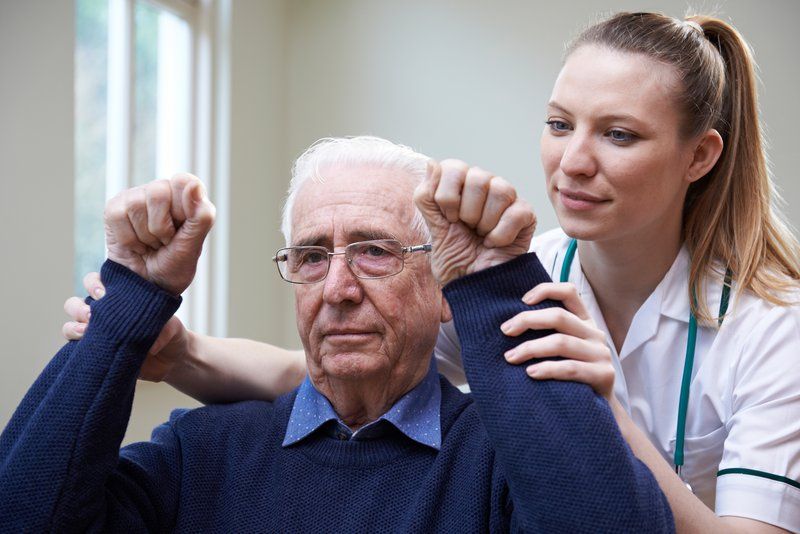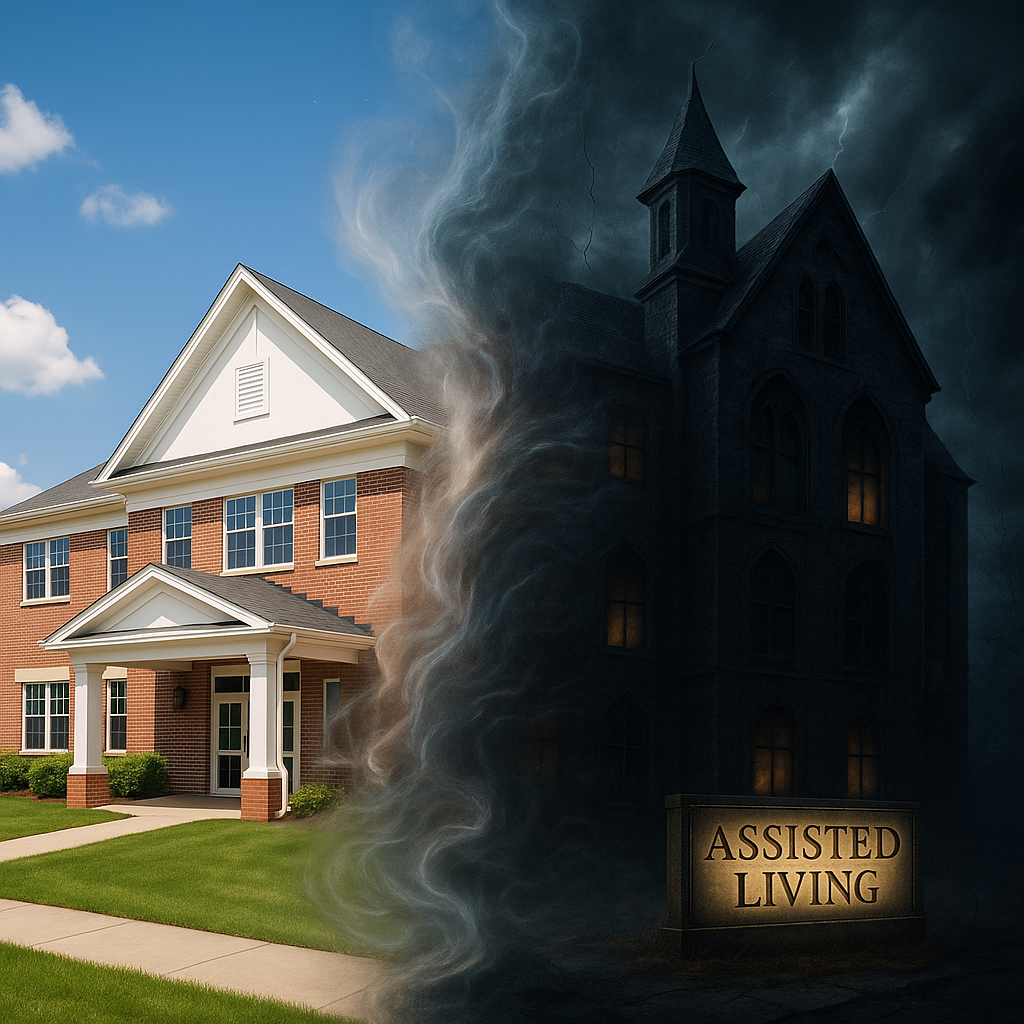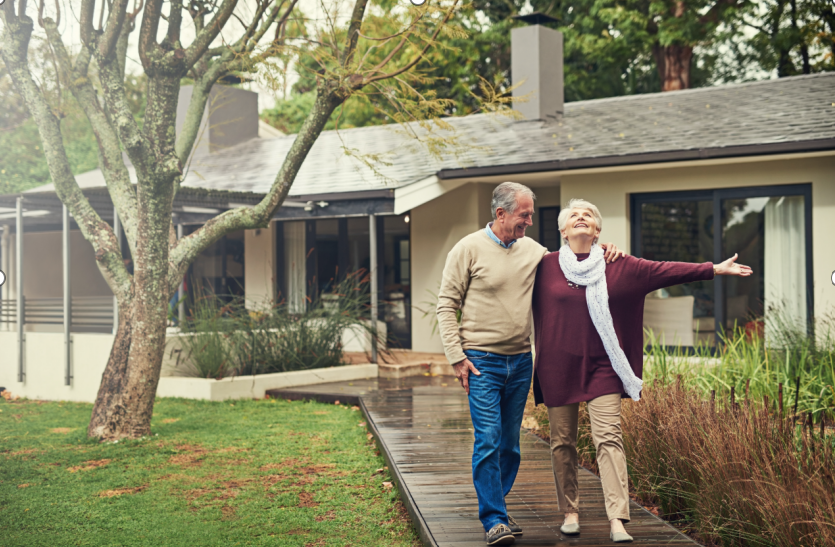BLOG
The FAST Scale: A Critical Tool for Mapping Dementia Stages
Today, in memory care and assisted living, understanding the progression of dementia is vital for providing personalized and effective care. One pivotal tool in this endeavor is the Functional Assessment Staging Test (FAST) Scale. This article looks into the clinical utility of the FAST Scale, exploring its practical application in tracking dementia stages and empowering care strategies for individuals with dementia. Let's unveil the significance of this tool and its role in redefining dementia care at Assured Senior Living.
Exploring the Clinical Utility of the FAST Scale
In the world of dementia care, the FAST Scale is a pivotal instrument, facilitating a comprehensive assessment of an individual's cognitive and functional decline. Through its practical application, the FAST Scale serves as a dynamic tool for tracking and categorizing dementia stages, offering invaluable insights for caregivers and healthcare professionals.

Significance of Specific Criteria
The FAST Scale employs specific criteria to delineate distinct stages of functional decline, encompassing areas such as self-care, mobility, and cognitive abilities. By utilizing concrete parameters, this tool provides a clear and standardized framework for evaluating an individual's progression through the stages of dementia.
Comprehensive Clinical Assessments
In addition to the criteria, the FAST Scale involves comprehensive clinical assessments that encompass various domains of functioning, including communication, incontinence, and ambulation. These assessments offer a nuanced understanding of the individual's capabilities and limitations, guiding the formulation of tailored care plans that address their unique needs.
Dynamic Role in Dementia Care
The clinical significance of the FAST Scale lies in its ability to dynamically capture the evolving nature of dementia, enabling healthcare providers to adapt interventions and support strategies accordingly. By utilizing an active voice and varied sentence structures, the FAST Scale empowers caregivers to proactively address the changing needs of individuals at different stages of dementia, fostering personalized and compassionate care.
The FAST Scale's clinical utility extends beyond mere categorization, enriching dementia care with a profound understanding of an individual's journey through the intricate stages of cognitive and functional decline.
Navigating Dementia Phases with the FAST Scale
In the clinical landscape of memory care, the FAST Scale serves as an invaluable compass, guiding healthcare professionals and caregivers through the intricate phases of dementia. By delineating specific stages and transitions, this tool offers indispensable insights into the evolving nature of cognitive and functional decline, enhancing the understanding of dementia progression.
Identifying Distinct Stages
The FAST Scale facilitates the identification of distinct stages, ranging from the initial onset of cognitive impairment to the advanced stages characterized by severe functional decline. This delineation empowers care teams to tailor interventions and support strategies according to the unique challenges presented at each stage, ensuring personalized and effective care for individuals with dementia.
Capturing Transitional Phases
Moreover, the FAST Scale adeptly captures transitional phases, shedding light on the nuanced progression of dementia. By recognizing these transitional stages, healthcare providers gain a comprehensive understanding of the individual's evolving needs, enabling them to proactively adapt care plans and support mechanisms to address the dynamic nature of cognitive and functional decline.
Role in Dementia Care
The role of the FAST Scale in navigating dementia phases extends beyond mere categorization, offering a dynamic framework for healthcare professionals to anticipate and respond to the changing needs of individuals with dementia. By employing an active voice and varied sentence structures, the FAST Scale becomes an indispensable tool in fostering a proactive and empathetic approach to dementia care, ultimately enriching the lives of residents at Assured Senior Living.
Using the FAST Scale to Track Dementia Stage Transitions
In the context of dementia care, the FAST Scale emerges as a dynamic tool for effectively tracking transitions between stages of cognitive and functional decline, offering critical insights into the evolving needs of individuals with dementia.

Monitoring Progression
The FAST Scale enables healthcare professionals to meticulously monitor the progression of dementia, capturing subtle transitions and changes in an individual's cognitive and functional abilities. By actively tracking these transitions, care teams gain a comprehensive understanding of the individual's evolving needs, facilitating the timely adaptation of care plans and interventions to best support the resident.
Implications for Personalized Care
Effectively monitoring dementia stage transitions holds profound implications for personalized care strategies. By utilizing an active voice and varied sentence structures, the insights derived from tracking these transitions empower care teams to tailor support mechanisms, activities, and interventions to align with the individual's current stage, promoting a sense of purpose and well-being while addressing their specific needs.
Impact on Resident Well-being
The impact of utilizing the FAST Scale to track dementia stage transitions extends to the overall well-being of residents. Through proactive and personalized care strategies informed by the dynamic insights derived from the FAST Scale, individuals with dementia receive tailored support that aligns with their current abilities and challenges, fostering a nurturing and empowering environment at Assured Senior Living.
Empowering Care with Insights from the FAST Scale
When looking at memory care and assisted living, the insights derived from the FAST Scale play an important role in empowering personalized and compassionate care for individuals at different stages of dementia. By leveraging these insights, care teams gain the ability to optimize strategies and interventions, ultimately enhancing the quality of life for residents at Assured Senior Living.
Tailored Support Mechanisms
Insights from the FAST Scale enable the formulation of tailored support mechanisms that align with the specific needs of individuals at different dementia stages. This personalized approach fosters a nurturing and supportive environment, promoting a sense of belonging and purpose for residents as they navigate the intricate phases of cognitive and functional decline.
Optimization of Care Strategies
Moreover, the insights derived from the FAST Scale allow care teams to optimize care strategies, ensuring that interventions and activities are tailored to the individual's current abilities and challenges. By employing an active voice and varied sentence structures, this dynamic approach to care enhances resident engagement and well-being, fostering a fulfilling and enriching experience within the community.
Enhanced Quality of Life
The practical implications of leveraging insights from the FAST Scale culminate in an enhanced quality of life for individuals with dementia. Through personalized and optimized care strategies informed by the dynamic insights of the FAST Scale, residents at Assured Senior Living are empowered to lead meaningful and fulfilling lives, supported by a compassionate and dedicated care team.
By incorporating evidence-based tools like the FAST Scale, the quality of care and support for residents at Assured Senior Living is significantly enhanced, fostering a compassionate and purposeful environment. The insights gleaned from the FAST Scale empower care teams to proactively adapt interventions and activities, ultimately enriching the lives of residents at different stages of dementia. For those seeking further information on personalized memory care and assisted living, a visit to https://www.assuredassistedliving.com/ is encouraged.
The closest thing to home, with cutting-edge senior care—at Assured Senior Living, we know that dementia isn’t the end, it’s just another chapter in life’s rich, beautiful story.
The security and peace of mind you’ve been seeking.
Download our free guide, Family Decision Toolkit. Or contact us today.
Sources
PubMed - Functional assessment staging (FAST) in Alzheimer's disease: reliability, validity, and ordinality - https://pubmed.ncbi.nlm.nih.gov/1504288/
Revive Research Institute Inc. - FAST Scale: An Effective Tool to Navigate Dementia - https://www.reviveresearch.org/blog/fast-scale-dementia/















